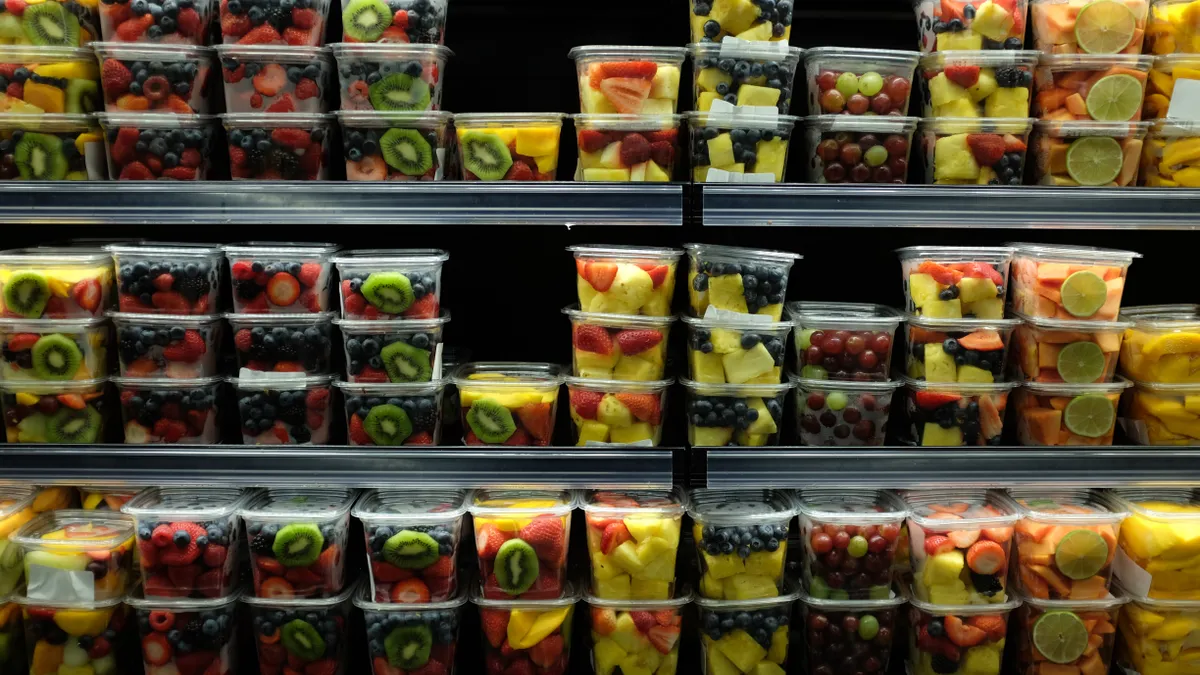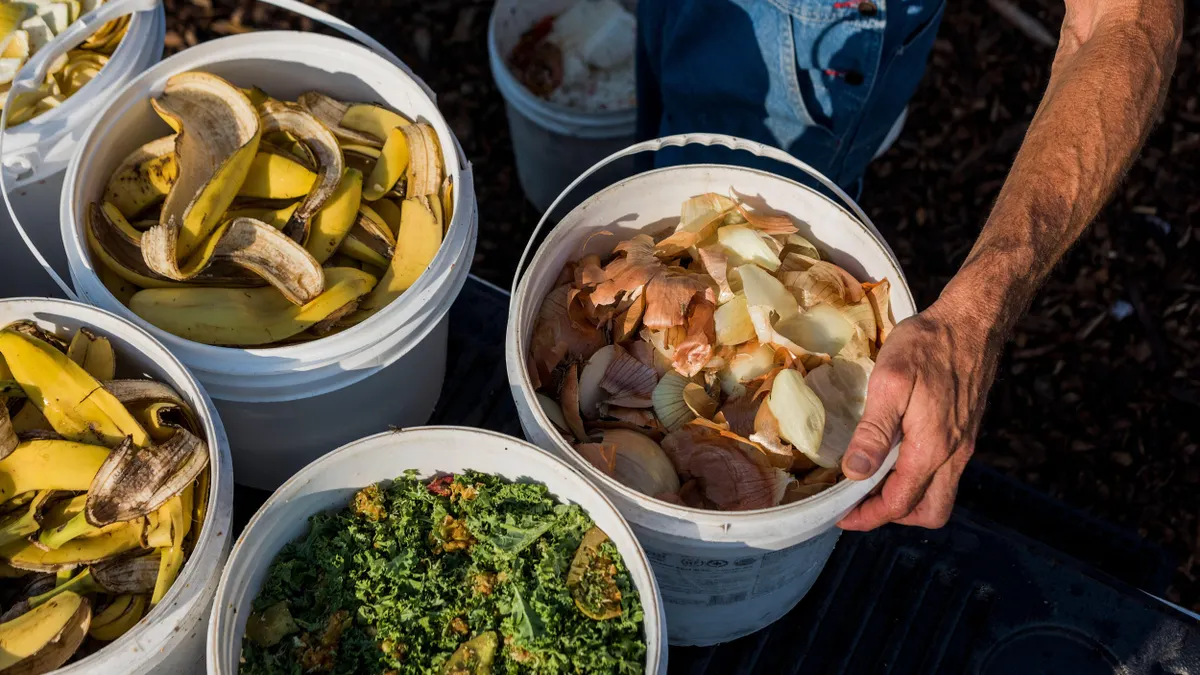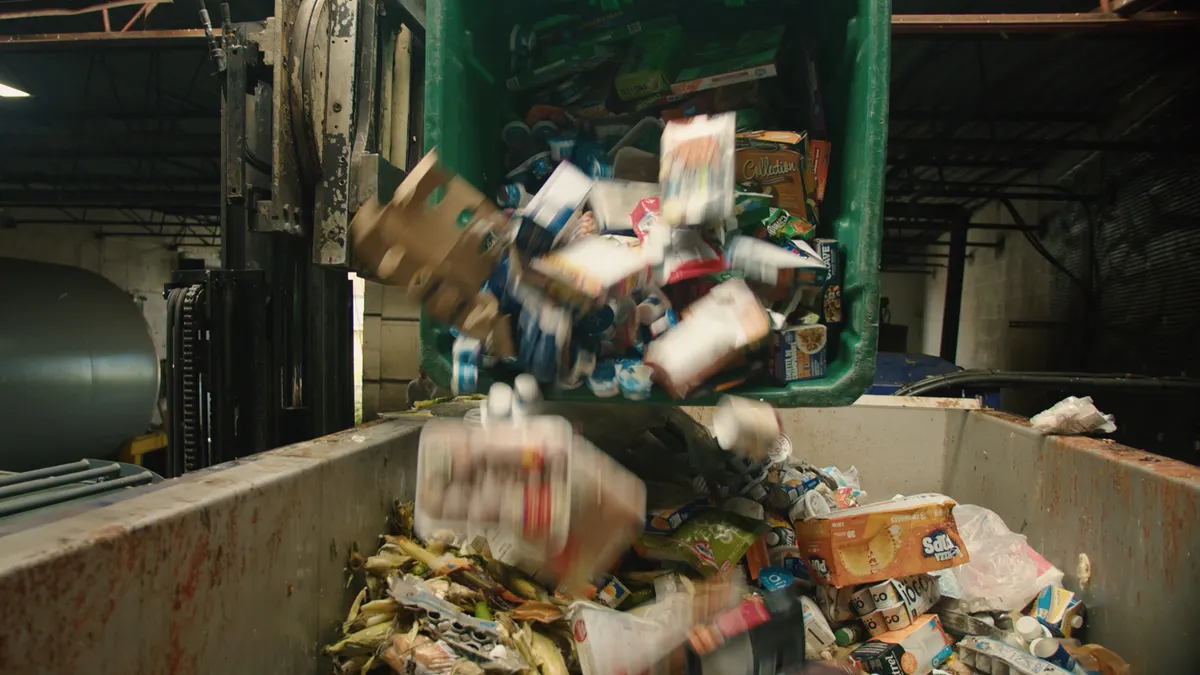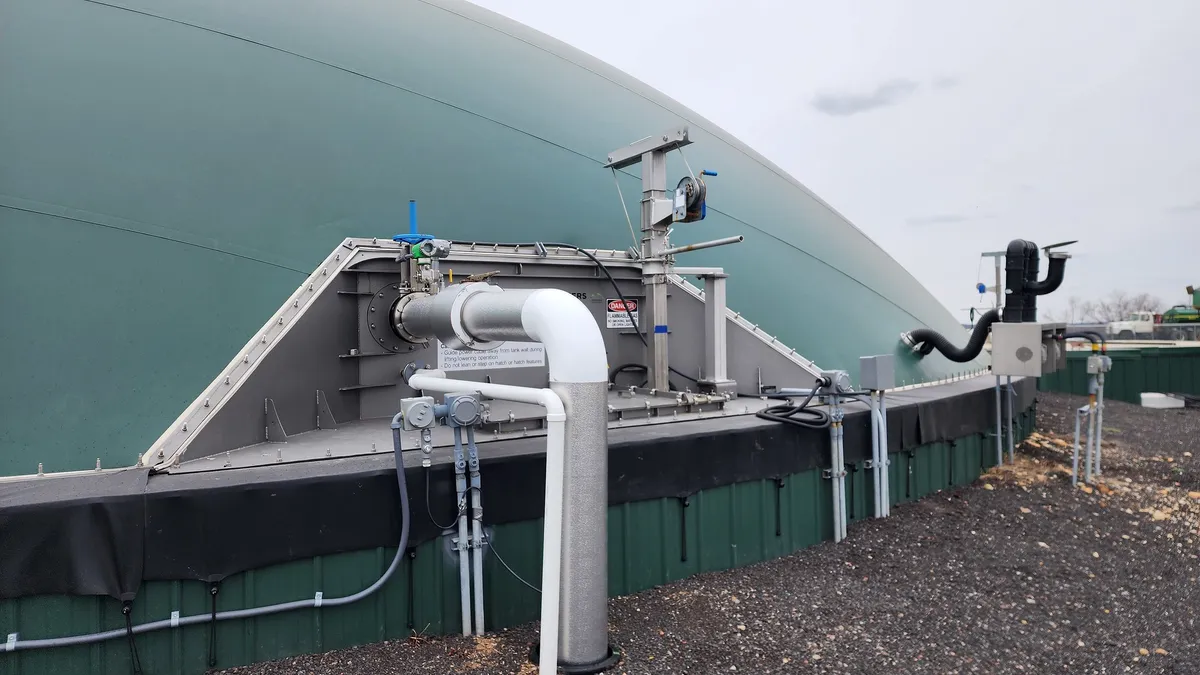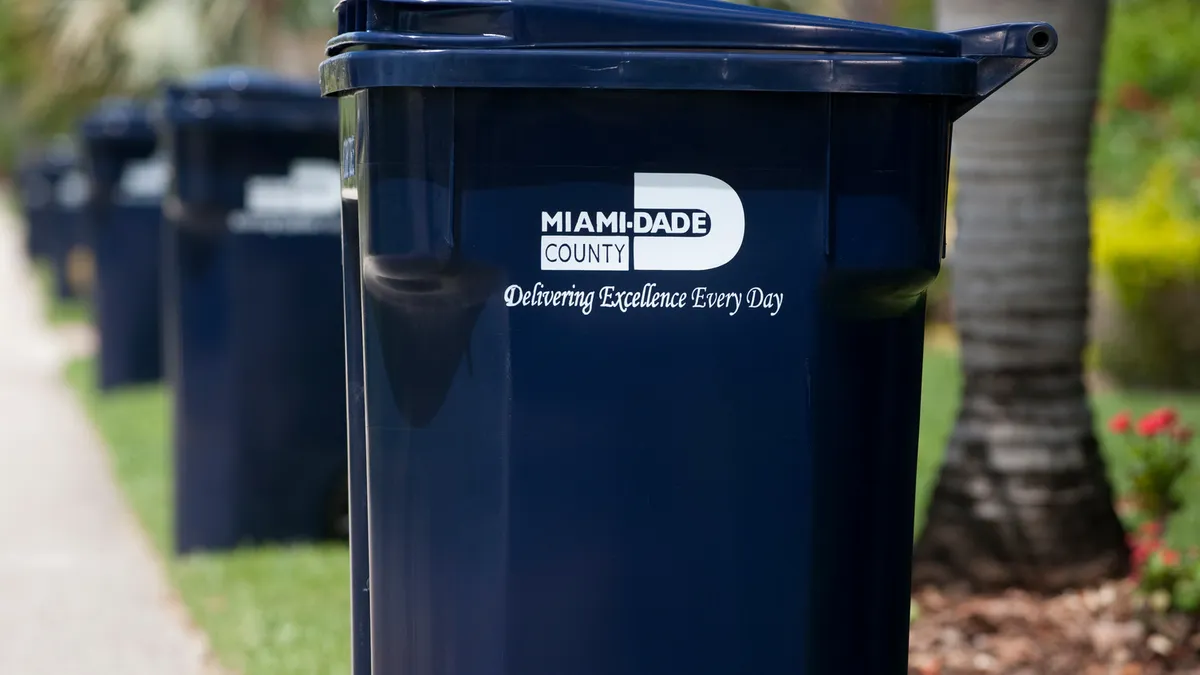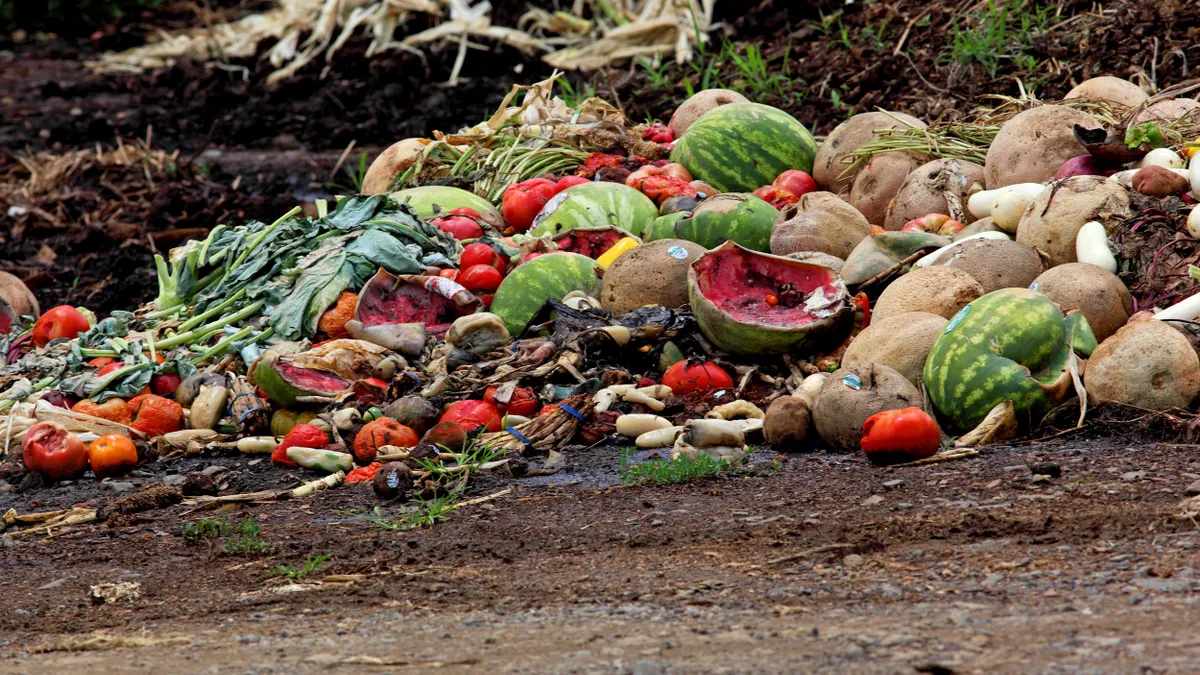The Biden administration recently finalized its National Strategy for Reducing Food Loss and Waste and Recycling Organics with multiple mentions of how packaging can play a role.
The strategy is a joint effort by the U.S. Department of Agriculture, Environmental Protection Agency and the Food and Drug Administration to reduce food waste 50% by 2030 (from a 2016 baseline).
Multiple packaging trade groups shared feedback on a prior draft and the final strategy noted that packaging was one of the main areas that came up in submitted comments. Here are some of the key packaging-related plans cited by federal agencies:
USDA packaging research
The agency plans to continue investing in new technologies that reduce food loss and waste in the storage and distribution process, including food packaging materials that use nanotechnology.
Additionally, the agency will research “food packaging materials from biobased and renewable sourced polymers using novel physical processes and chemical modifications.” USDA also noted how scientists from its Agricultural Research Service are “currently developing bioproducts and renewable polymers that are degradable in multiple environments.” This includes certain types of biodegradable packaging made from organic waste.
Scientists from ARS will also “continue to research modified packaging technologies along the cold chain postharvest to develop modified atmospheres in storage or in packaging, packaging perforations for controlled environments, and intelligent packaging that releases biobased components to extend shelf life by maintaining fruit/vegetable quality.” The strategy notes that such efforts also help reduce “reliance on fossil-fuel-based packaging.”
FDA program updates
The FDA pointed to its mandatory pre-market Food Contact Notification program as playing a “vital role” in reducing food loss and waste by helping “bring innovative packaging products to market” that can maintain freshness of food products.
The agency said it plans to update industry guidance for this program “to reflect new market trends for food packaging and assist manufacturers in developing innovative new products such as biodegradable/compostable packaging.”
EPA focus on plastic contamination
The EPA said it plans to coordinate the final version of its National Strategy to Prevent Plastic Pollution with efforts to address contamination from non-compostable plastic in organics recycling systems, which can be a barrier to scaling up food waste reduction efforts. This may include a focus on “the use and management of certified compostable (in areas where composting infrastructure exists), single-use products and reusable alternatives for food packaging and serviceware.”
The EPA also plans to study how depackaging equipment at organics facilities affects the “levels and particle sizes of microplastic contamination in food waste streams.”
PFAS reduction
The EPA said it plans to “provide stakeholders with synthesis of the latest science related to contamination by plastic and PFAS in organics recycling.”
The FDA noted its work to phase out the sale of PFAS that can be used in paper food packaging. According to the agency, this and other efforts “help reduce the potential for contamination of food wastes with plastics or PFAS from food packaging.”
Date labeling
The idea of federally regulating or standardizing date labels was one of the most common suggestions in submitted comments. The strategy notes that food waste reduction efforts in other countries have included changes to date labeling, along with areas such as packaging design, marketing and portion sizes.
The USDA Food Safety and Inspection Service and FDA recommend voluntary use of the “best if used by” label, citing research that shows this is perceived by consumers as communicating quality standards. Legislation has been introduced in Congress to codify standards in this area, but so far it hasn’t advanced.
“The number, diversity, and complexity of products in the marketplace along with significant variability in the environmental, storage, and distribution conditions of food creates challenges for standardization,” the strategy states, calling for more funding dedicated to research and education. “Funding to support a national consumer education campaign could also help clarify food date labels and quality to help reduce the premature discard of wholesome food.”
Interested in more packaging news? Sign up for Packaging Dive’s newsletter today.



